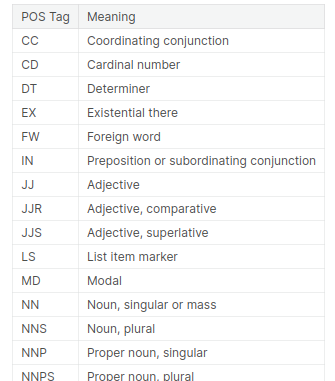
Welcome, aspiring data scientists and NLP enthusiasts! Today, we delve into the fascinating world of Named Entity Recognition (NER), a crucial building block in natural language processing. We’ll explore its magic in the context of TensorFlow, a powerful machine-learning library, and uncover its real-world applications.
So, what is NER?
Imagine reading a news article filled with fascinating facts. NER helps computers do the same! It’s the ability to identify and classify specific types of information within text, like people, locations, organizations, and dates. Think of it as highlighting the essential nouns and proper names for easy understanding.
But why TensorFlow?
TensorFlow provides a robust platform for building NER models. Its powerful libraries and intuitive API make it easy to:
- Process and represent text: TensorFlow excels at manipulating textual data, transforming it into numerical vectors for machine learning algorithms.
- Train NER models: TensorFlow offers various deep learning architectures, like LSTMs and Transformers, specifically designed for NLP tasks like NER.
- Evaluate and fine-tune: Track your model’s performance, analyze errors, and optimize its parameters for improved accuracy.
Now, let’s unlock the applications!
The possibilities are endless, but here are some exciting examples:
- Chatbots and virtual assistants: Imagine chatbots that understand your location mentions and recommend nearby restaurants, or virtual assistants that schedule appointments by recognizing dates and times.
- Information extraction and analysis: Automate extraction of key entities from news articles, financial reports, or social media content for deeper insights and analysis.
- Data tagging and categorization: Enhance search relevance by automatically tagging documents with relevant entities, or improve sentiment analysis by pinpointing opinions about specific entities.
Ready to start your NER journey with TensorFlow?
Here are some resources to get you started:

Be the first to comment